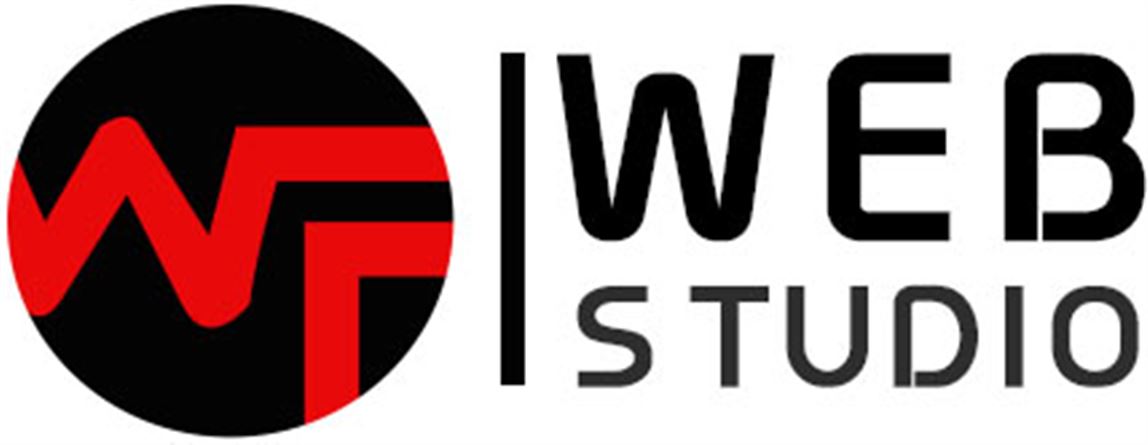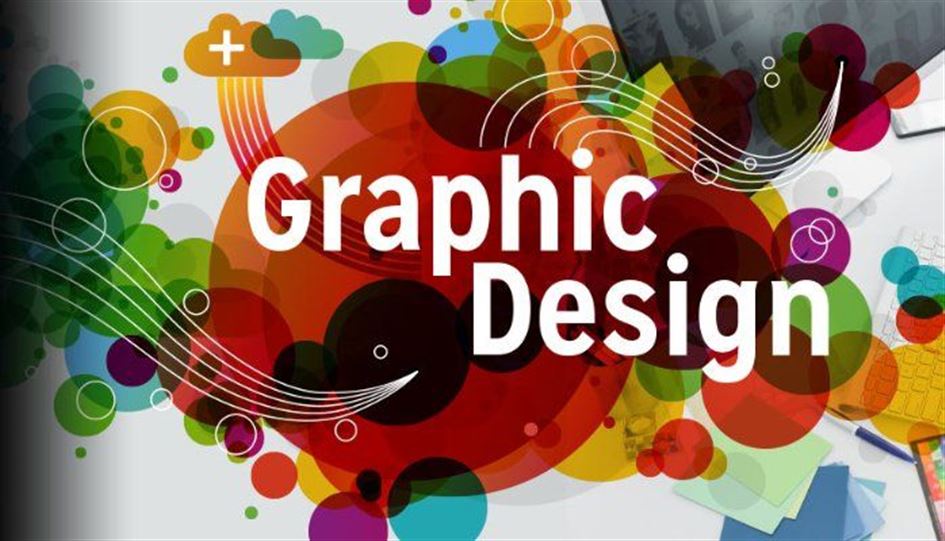Keep your website secure, up-to-date, and fully functional with ongoing maintenance services. We provide software updates, security monitoring, bug fixes, and performance optimization to ensure a reliable and smooth user experience.
A well-maintained website delivers security, reliability, and efficiency. Regular updates, security monitoring, and performance optimization ensure your site remains fully functional and protected against vulnerabilities. Our website maintenance services keep things running smoothly, addressing potential issues before they affect user experience. By providing ongoing support, we help businesses stay updated with the latest web standards, ensuring a seamless and professional online presence.





